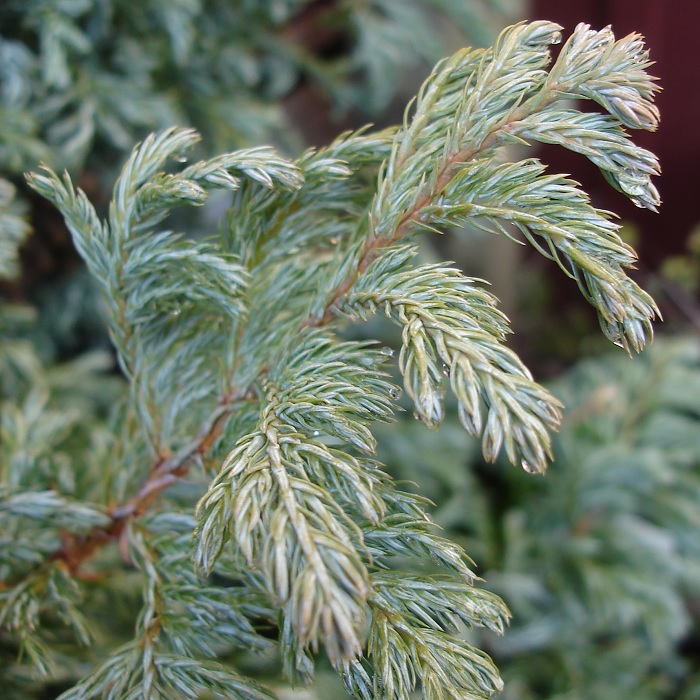UNITED STATES—Modern fruit trees have been so extensively bred to produce abundant and unnaturally large fruit, that most types are unable to support the weight of the fruit that they can produce each season. Without specialized dormant (winter) pruning to limit production, the weight of excessive fruit breaks and disfigures the limbs of the trees that produce it. Fruit becomes too much of a good thing.
Pruning not only limits the weight of the fruit; but it also improves the structural integrity of the limbs that must support it, and ideally, keeps fruit more reachable. Concentrating resources produces fewer but better fruits, instead of wasting resources on excessive fruits of inferior quality. Fewer stems that grow in spring are more vigorous and resistant to disease than more stems would be.
‘Stone’ fruits (of the genus Prunus) generally get similar pruning. However, peaches and nectarines produce such heavy fruit that they get pruned more severely than apricots, plums and prunes. Cherries and almonds are so lightweight that they may not need to be pruned at all. Cherries may be pruned for height. Since almonds get shaken from their trees, height is not so important.
Stems that grew last summer should produce fruit next summer. They should therefore be pruned short enough to support the weight of the fruit that they can produce (or what stems produced in previous years). For peaches, stems may need to be pruned to only a few inches long, even if the new stems are several feet long. Upper stems that get too high can be pruned out completely.
Apples and pears benefit from the same sort of pruning, but can be cut back even more aggressively, since their new stems tend to be more productive at the base. Crowded clusters of vigorous new stems can be thinned to eliminate the largest and most dominant stems. Stunted ‘spur’ stems that do not elongate more than two inches or so each year many not need to be pruned at all.
The ‘four Ds,’ which are ‘Dead, Dying, Diseased and Damaged’ stems, are the first to get pruned out, even if they happen to be in the right places. There is just too much potential for problems later. Young trees that do not need much pruning now should be pruned for structure. Dormant fruit tree pruning is so important and specialized, that it is worth studying in more thorough detail.
Foliage of the week: boulevard cypress
Between New England and the Pacific Northwest, the boulevard cypress, Chamaecyparis pisifera ‘Cyano-viridis’, is classified as a small tree, even though it gets no bigger than large shrubbery. Locally, only very mature specimens reach the eaves, without getting much more than half as broad. Trunks and limbs remain concealed by fluffy evergreen foliage. Warm and dry air limit growth.
The handsome foliage is strikingly silvery blue, comparable to that of Colorado blue spruce or blue Arizona cypress, but with a surprisingly soft texture. It is really quite distinct from other evergreens, even other closely related chamaecyparis.
Boulevard cypress prefers cooler climates, so does well locally in light shade sheltered from wind. During warm weather, it can get roasted if too exposed. Although it does not require much water when mature, it is happiest if watered somewhat regularly.






